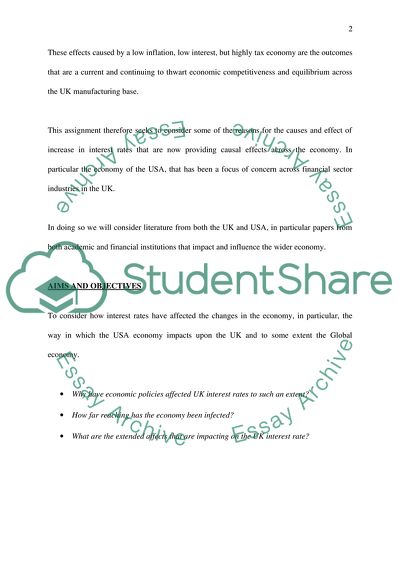Cite this document
(“The Impact of Steady Increase in the Interest Rate in the UK Coursework”, n.d.)
The Impact of Steady Increase in the Interest Rate in the UK Coursework. Retrieved from https://studentshare.org/finance-accounting/1711982-the-impact-of-steady-increase-in-the-interest-rate-in-the-uk-in-the-last-two-years
The Impact of Steady Increase in the Interest Rate in the UK Coursework. Retrieved from https://studentshare.org/finance-accounting/1711982-the-impact-of-steady-increase-in-the-interest-rate-in-the-uk-in-the-last-two-years
(The Impact of Steady Increase in the Interest Rate in the UK Coursework)
The Impact of Steady Increase in the Interest Rate in the UK Coursework. https://studentshare.org/finance-accounting/1711982-the-impact-of-steady-increase-in-the-interest-rate-in-the-uk-in-the-last-two-years.
The Impact of Steady Increase in the Interest Rate in the UK Coursework. https://studentshare.org/finance-accounting/1711982-the-impact-of-steady-increase-in-the-interest-rate-in-the-uk-in-the-last-two-years.
“The Impact of Steady Increase in the Interest Rate in the UK Coursework”, n.d. https://studentshare.org/finance-accounting/1711982-the-impact-of-steady-increase-in-the-interest-rate-in-the-uk-in-the-last-two-years.


